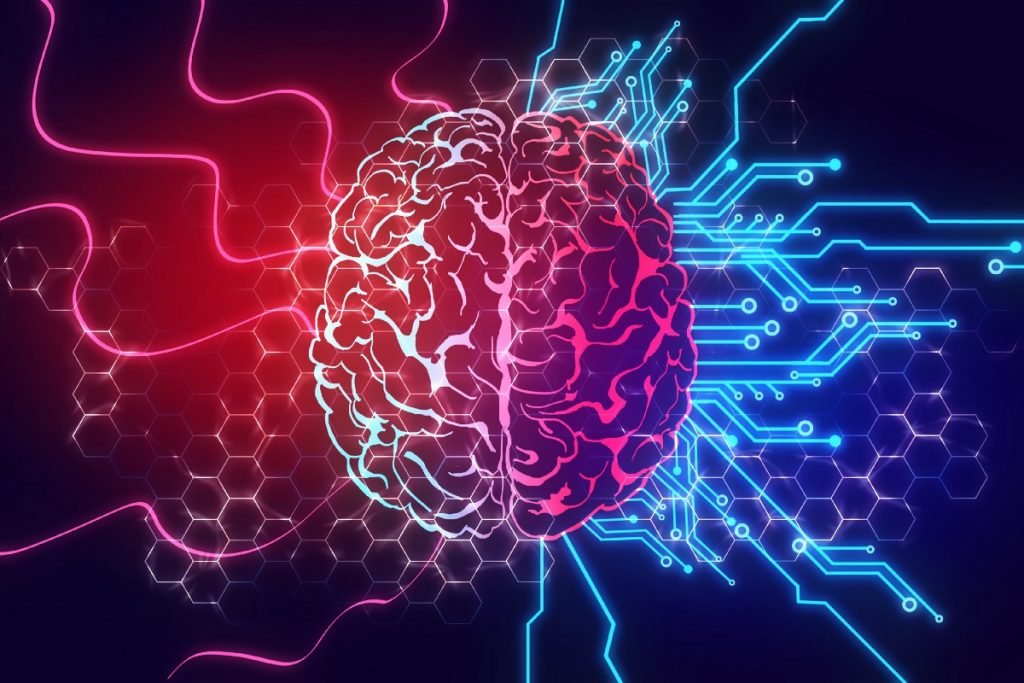Source – https://www.analyticsinsight.net/
With data being the foundation for almost all the objectives to accomplish, no matter what the industry type is – having the right technologies in place that help in achieving the aim is the need of the hour. Organizations rely on several tools and technologies to make the best possible use of the data that is available. As far as data is concerned, there are some terms that we get to hear on a regular basis – Artificial Intelligence, big data, data science, data analytics, and so on. Yet another commonly used term is – neural network(s). Having a deep understanding of this concept is a little challenging. Well, not anymore! Keep reading to know about neural networks in detail – right from the basics to its applications in the magical world of data!
The concept of neural networks is not something that is traced back to a year or two. It has been in existence for over a decade now. What led to the immense popularity of neural networks is the kind of performance delivered at the end of the day. The moment these networks delivered close to human-like performance in a majority of tasks is when they garnered attention from every corner of the world. Right from pattern recognition to machine learning – you name it and neural networks have got you covered. These networks form the base of algorithms that help in predicting consumer demand and estimating the freight arrival time.
What are neural networks?
So what exactly do we understand by neural networks? A neural network is based on a connection of units or nodes called neurons. The connections are called edges. These neurons model the neurons in the brain. Each of these neurons can transmit a signal to other neurons. The neuron that receives the signal does the processing. What is to be noted here is that this signal is a real number and the outut is a function of the sum of its inputs. One of the most interesting features of neural networks is that the Neurons and edges typically have a weight that adjusts as learning proceeds. With the weight increasing or decreasing, the strength of the signal either becomes strong or weak.
Layers of a neural network
Typically, a neural network is constructed from 3 different layer types. The first is the input layer – a layer that receives the data to be fed into the network. The second stage is that of the hidden layers. It is here that the whole comutation is done. The last is the output layer that produces the output for the given set of input. The signals make their way from the first (input) layer to the last (output) layer. In some cases, it is possible that the signals traverse through these layers multiple times.
How do neural networks work?
Neural networks are trained by processing examples. Each example has a known “input” and also a “result”. Both of these are stored within the data structure of the neural network itself. When a neural network is trained, there is a difference between the predicted output and the actual output. This is called an error. The network then adjusts itself on the basis of a programmed rule. After the adjustments, the end result delivered is close to what the target output is. Later, the training is terminated – after having done sufficient adjustments.
Applications of neural networks
Neural networks boast of applications with clear business use cases. It is because of this that organizations are inclined towards investing in them. Right from logistics to customer support, neural networks have made their presence felt in all of these.
Out of the wide range of applications, the most prominent ones turn out to be image recognition, pattern recognition, decision making, and sequence recognition among others.
- Financial institutions employ neural networks for various tasks – fraud detection, loan delinquencies, credit evaluation and attrition to name a few.
- On the medical front, neural networks can aid in performing cancer cell analysis, emergency room test advisement, and even prosthesis design.
- Neural networks hold the potential to study the behavior of the customers.
- Transportation has a lot to do with neural network Vehicle scheduling, power routing the systems, etc. are just two of the many applications of neural networks in this area.
All in all, neural networks hold the potential to solve those intractable problems that otherwise traditional methods struggled to. Neural networks have surpassed all odds to reach a stage where we can reap their benefits for now as well as the days that lie ahead.
